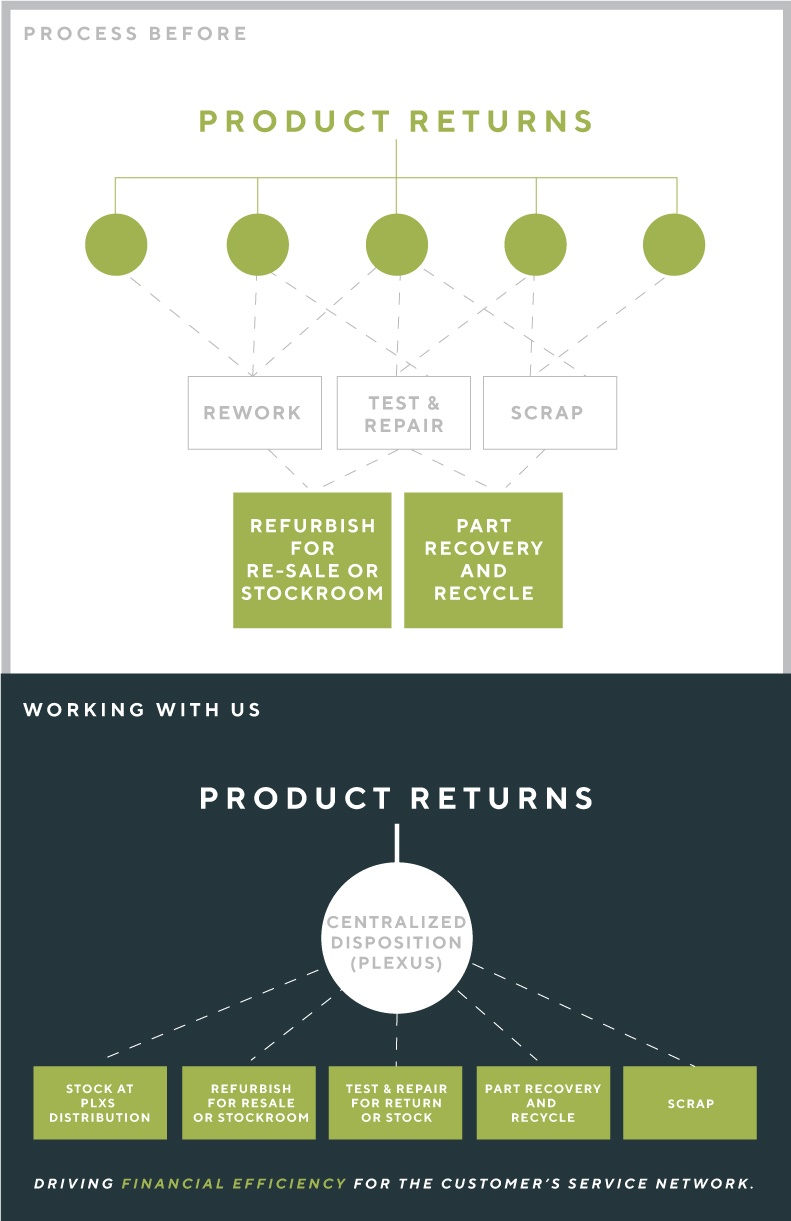Is Now the Time to Rethink Your Aftermarket Strategy?

How the right sustaining services keep you a move ahead.
Getting the right products to market on time is definitely not the finish line. Your success and your company’s overall impact on the planet depend on what happens to your product long after it’s in your customers’ hands. This basic principle hasn’t changed, so why is now the right time to consider your aftermarket strategy and how you will sustain your product’s market position?
Financial pressures, geo-political tensions and overall instability are putting companies under pressure like never before. It’s no longer possible to continue to operate in the same way and expect the same results. Companies are looking for new ways to mitigate the risks posed by this challenging macro-environment, without losing their focus on remaining profitable. To stay ahead of the competition, new strategies are required to:
- Relieve costs pressures,
- Overcome supply chain constraints and
- Contribute to the circular economy
Formulating these strategies is driving companies to be more purposeful, to look at things from a new perspective and specifically change how they manage their products post launch.
We consider three areas that should influence thinking on sustaining services strategy.
Aftermarket solutions can relieve cost pressures.
Cost pressures are not new. However, with recession looming and inflation rising at near record levels, they are certainly foremost in the mind at present. Whether you are using greater levels of working capital to manage your current business or facing funding challenges, launching new products is becoming more difficult. You need to make your existing products work harder for you—and for a longer time. Keeping products in the market can provide you with a real advantage, help to maintain your market share and protect your bottom line.
- Delivering cost efficiency through repair and refurbishment:
When it comes to aftermarket repair and refurbishment, having a fragmented approach to disposition and servicing centers will drive an inefficient response and increase your overhead costs. Opting to centralize through a partner will increase financial efficiency for your service network as products will be processed through one system and travel less.

- Delivering cost efficiency by generating new revenue streams:
The right service solution goes beyond aftermarket repair and refurbishment. Returning products to the market multiple times can generate recurring revenue. For example, a patient monitor that can be decontaminated, receive software updates and be wiped of all previous patient data can then be sent back to a hospital, clinic or even to a patient’s home for re-use multiple times in its lifetime. The product generates revenue each time it re-enters the market and helps to maintain market share.
However, even when facing extreme cost pressures, beware of chasing the lowest-dollar option. Consider the potential risk to your brand value and impact on overall customer satisfaction. Instead, opt for a balance of flexibility, security of supply, exceptional quality and customer satisfaction focus.
The right service solution supports business stabilization and generates revenue.
Consider component reuse to overcome supply chain challenges.
The electronics industry has been living with supply chain constraints since the very early stages of the COVID-19 pandemic. While the situation won’t likely stay this challenging forever, it has certainly driven a different conversation when it comes to risk.
Pre-pandemic, many companies would not have considered critical component reuse. It has now become an attractive option for many, due to:
- Prices of new components rising, often reaching multiple times their pre-pandemic prices,
- High levels of scarcity, driving increasing numbers of counterfeit parts into the market,
- Or, in some cases, components simply being unavailable to buy entirely
What for many began as a reaction to supply chain constraints is evolving into a true circular economy goal to support ESG strategies. Component reuse and component recycling will continue long after this period of constraints has passed.
It should be noted, however, that while component reuse may offer short-term relief, longer-term risk mitigation should consider redesign requirements. Focusing on a design for supply chain approach will ensure stability of supply.
Circular economy services reduce your environmental impact.
Perceptions on sustainability have changed. Driving towards net-zero or zero waste to landfill are no longer the lofty ambitions of eco-warriors. Companies face far greater expectations to reduce their impact on the planet. What happens to a product after it enters the market will clearly have a big impact on meeting environmental targets. In turn, meeting environmental targets will greatly impact how a company is perceived. Having the right approach to sustaining services and thinking of them as circular economy services is therefore critical not only to protect the planet, but also your brand reputation.
To truly deliver an eco-friendly product you should consider the implications in the design stages. But even if your product is already being manufactured, you can make a real impact by developing an approach that will:
- Minimize scrap: Decontamination, aftermarket repair and refurbishment programs
- Reuse components: Parts recovery to reuse or recycle critical components
- Use less raw material: Recyclable and minimally sized packaging solutions to move products between depots and customers
- Increase recycling: End of life solutions that increase the proportion of materials recycled
- Reduce logistics: Strategically positioning your depots to maximize end user access and limit the distance your product has to travel
Outsource your way to success with more than an aftermarket strategy.
The perfect storm of looming recession and ongoing supply chain constraints, as well as increasing pressure to contribute to the circular economy, make the need for sustaining solutions all the more important. Getting it right will help you to stabilize your business, outperform your competitors and continue to deliver for your customers.
Choosing the right partner to support you is vital.
If you are facing any or all of these challenges, now is the perfect time to reconsider your aftermarket strategy. Centralizing your approach through a global partner can provide financial efficiency. It will help you reduce your environmental impact. And you’ll improve your ability to deliver exceptional customer service.
If you would like to discuss how you can develop a more sustainable solution, get in touch with our Sustaining Services team.


